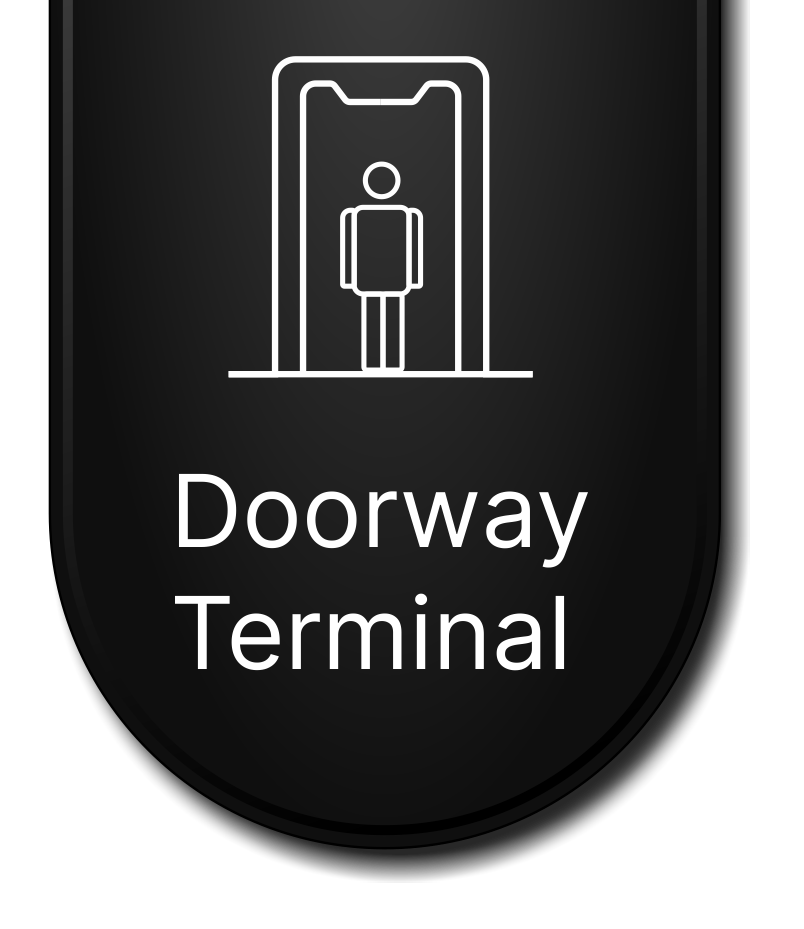Herd immunity occurs when an outsized portion of a community (the herd) becomes resistant to a disease, making the spread of disease from person to person unlikely. Therefore, the whole community becomes protected — not just those immunized.
Often, a percentage of the population must be able of getting a disease so as for it to spread. This is called a threshold proportion. If the proportion of the population that’s resistant to the disease is bigger than this threshold, the spread of the disease will reduce. This is mentioned because the herd immunity threshold.
What percentage of a community must be immune so on realize herd immunity? It varies from disease to disease. The more contagious a disease is, the greater the proportion of the population that possesses to be resistant to the disease to prevent its spread. For example, the measles could also be a highly contagious illness. It’s estimated that 94% of the population must be resistant to break the chain of transmission.
How is herd immunity achieved?
There are two major paths to herd immunity for COVID-19 — infection and vaccines.
Natural infection
Herd immunity are often gotten when enough people within the population have recovered from a disease and have developed protective antibodies against future infection.
However, there are some problems with relying on community infection to form herd immunity to the virus that causes COVID-19:
Reinfection. It’s not clear how long you’re shielded from getting sick again after recovering from COVID-19. Even if you’ve got antibodies, you’ll get COVID-19 again.
Health impact. Experts estimate that within the US, 70% of the population — quite 200 million people — would want to urge over COVID-19 to halt the pandemic. This number of infections could lead on to serious complications and far of deaths, especially among older people and other people who have existing health conditions. The health care system could quickly become overwhelmed.
Vaccines
Herd immunity can also be reached when enough people are vaccinated against a disease and have developed protective antibodies against future infection. Compared to the natural infection method, vaccines create immunity without causing illness or resulting complications. Using the concept of herd immunity, vaccines have successfully controlled contagious diseases like smallpox, polio, diphtheria, rubella, and far of others.
Herd immunity makes it possible to guard the population from a disease, including folks that cannot be vaccinated, like newborns or folks that have compromised immune systems.
But reaching herd immunity through vaccination against COVID-19 could be difficult for several reasons. For example:
Vaccine hesitancy. Some people may object to getting a COVID-19 vaccine thanks to religious objections, fears about the possible risks or skepticism about the benefits . If the proportion of vaccinated people during a community is below the herd immunity threshold, a contagion could still spread.
Protection questions. It’s not clear how long the COVID-19 vaccines will protect you from COVID-19. Further research is required to ascertain what proportion the COVID-19 vaccines reduce transmission of the COVID-19 virus. Also, research suggests that COVID-19 vaccines may have lower efficacy against a number of the variants of the COVID-19 virus. New variants, which might be more immune to vaccines, are regularly emerging.
Uneven vaccine roll-out. The distribution of COVID-19 vaccines has greatly varied among and within countries. If one community achieves a high COVID-19 vaccination rate and surrounding areas don’t, outbreaks can occur if the populations mix.















